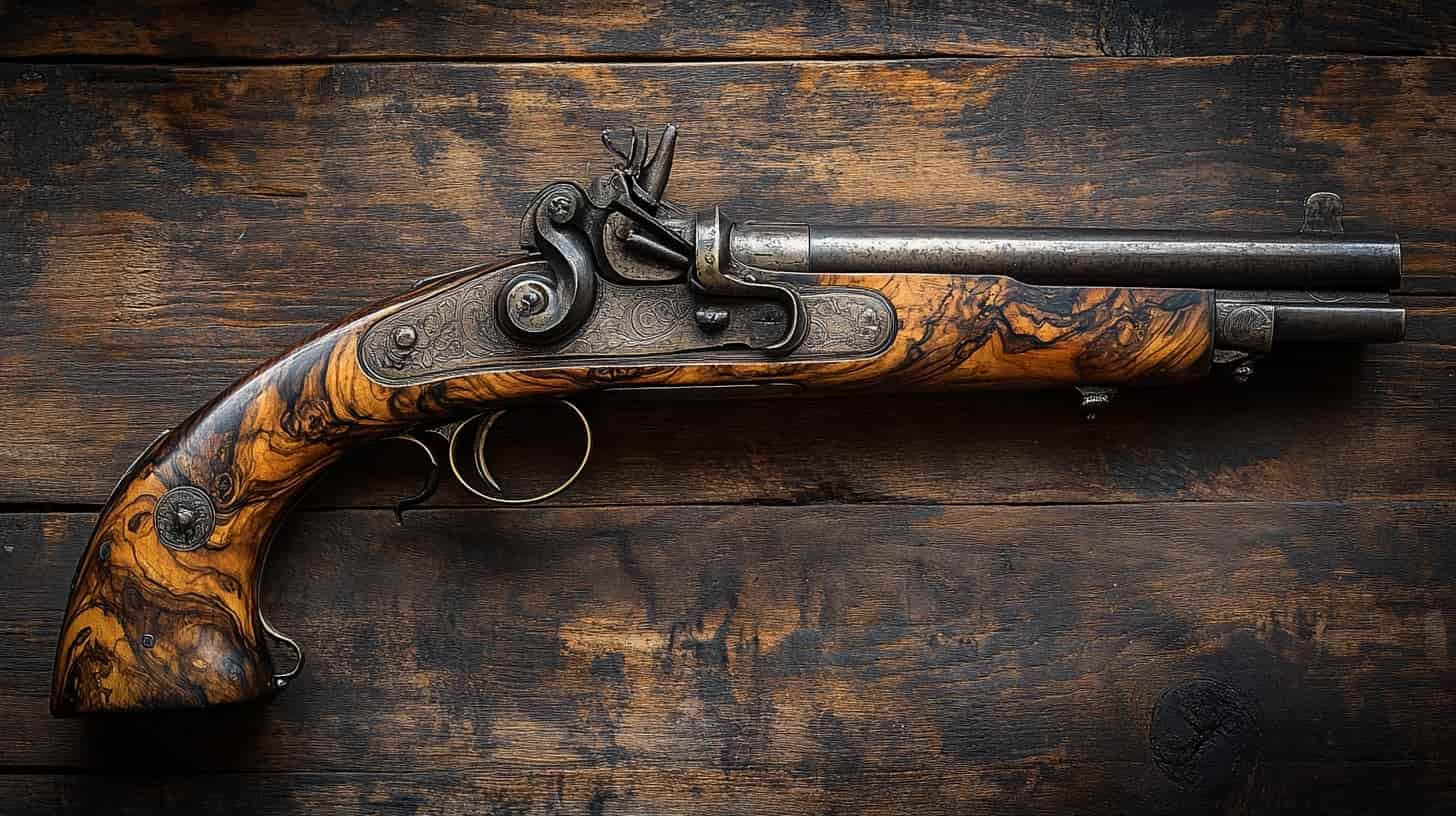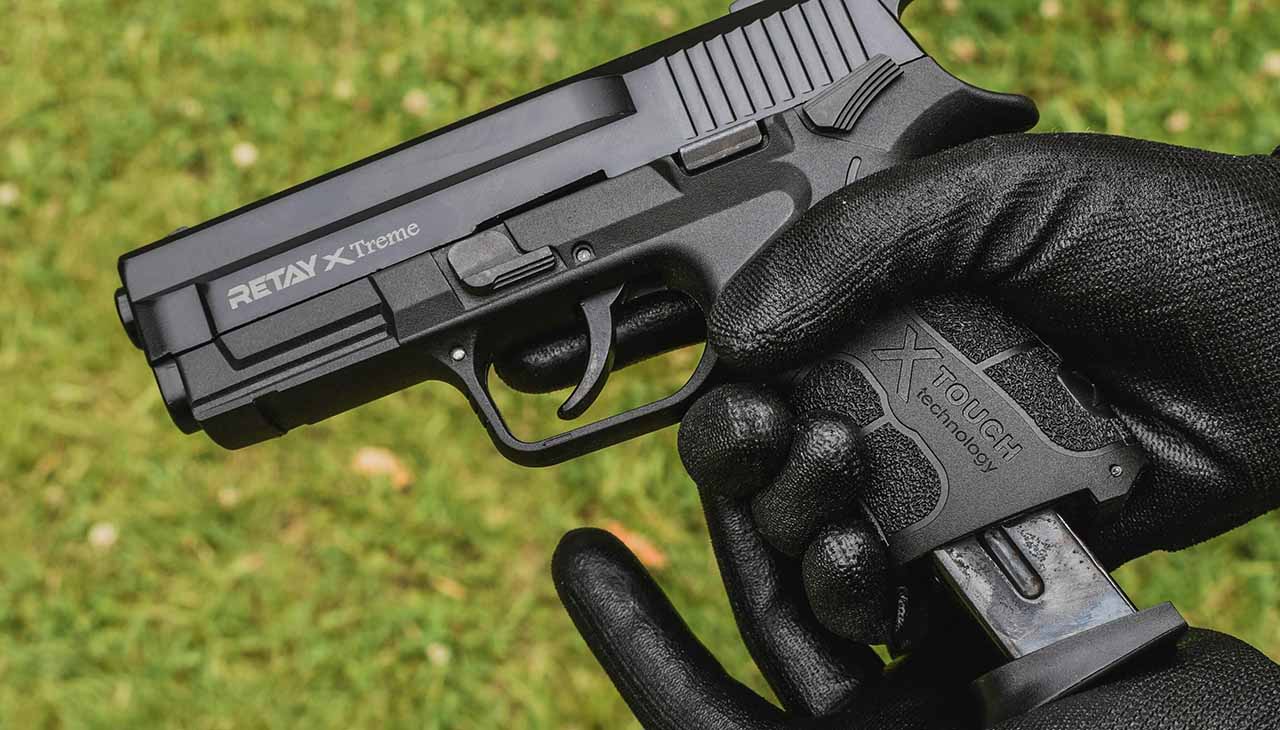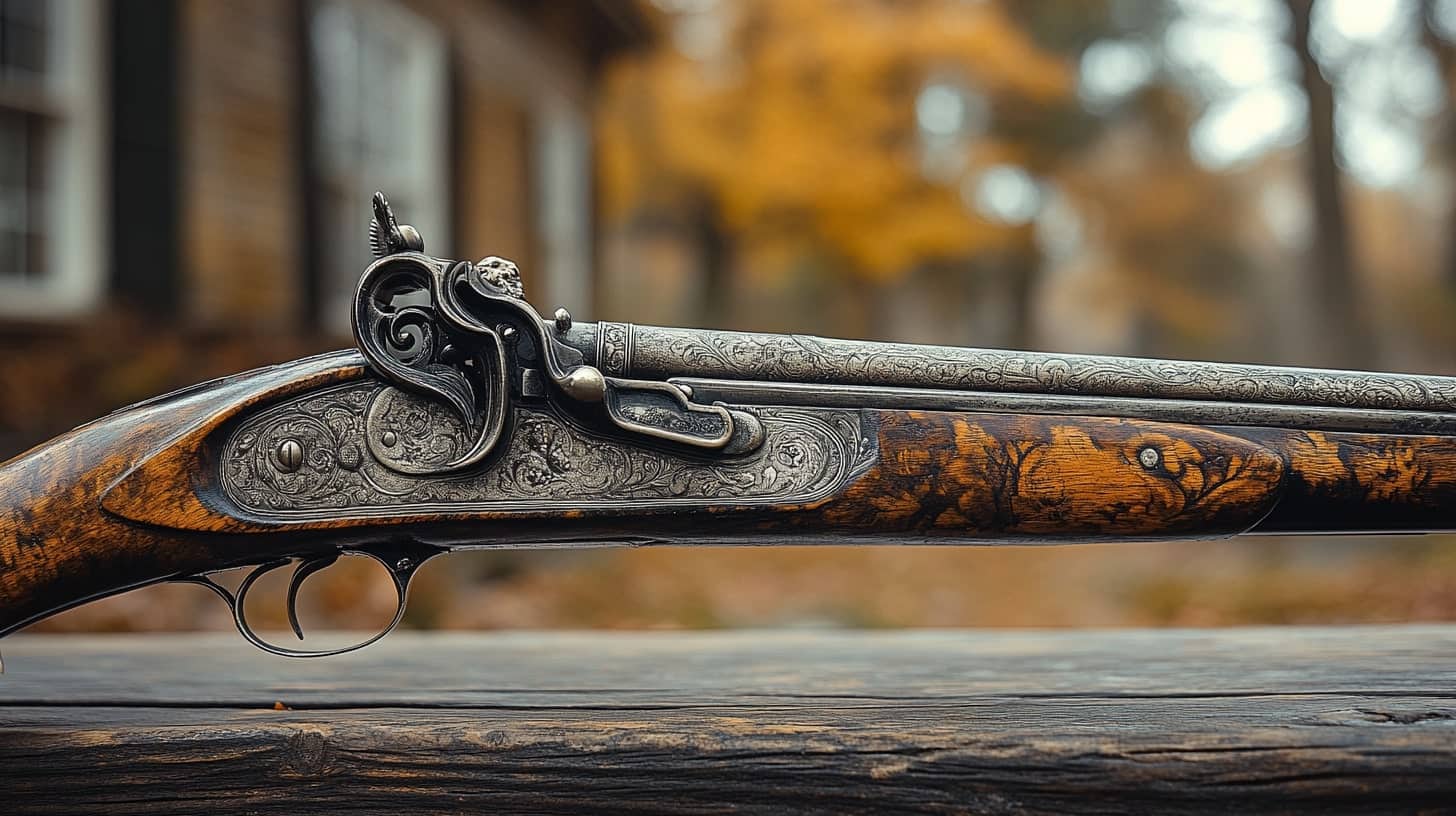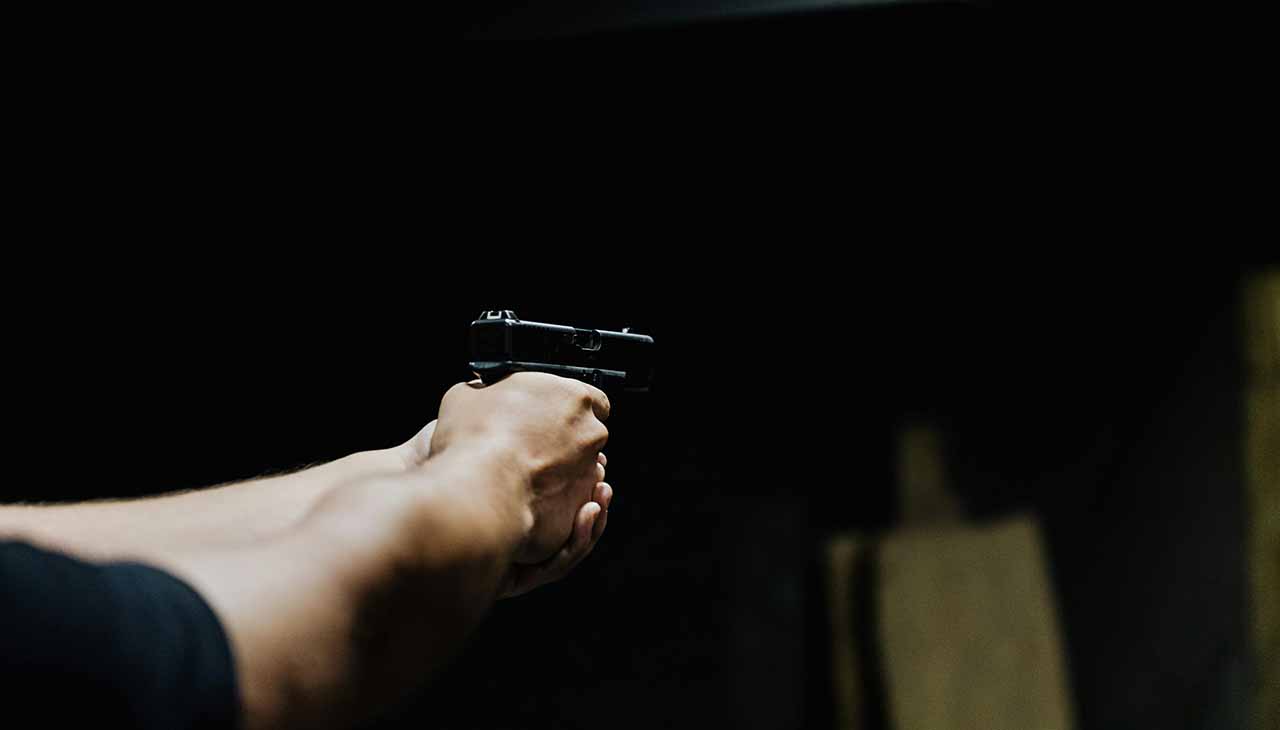In the realm of collectible weapons, every piece tells a story—a narrative of history, craftsmanship, and the passage of time. For collectors and enthusiasts alike, the hunt for forgotten treasures among antique and collectible firearms is an adventure that transcends mere acquisition. It is an odyssey filled with anticipation, discovery, and the thrill of unearthing rare gems that are as valuable as they are historically significant. This article delves into the fascinating world of collectible firearms, highlighting the allure of rarity and the value of preserving these artifacts from the past.
A Glimpse into History
Collectible firearms are more than just relics; they are tangible links to eras gone by. Each antique rifle, pistol, or revolver carries with it the legacy of the period in which it was crafted. Many of these weapons were born in times of conflict, innovation, or transformation, and they offer a window into the social, technological, and artistic contexts of their day.
Collectors are often drawn to pieces with a storied past—firearms that have been used in historical events or those that represent significant milestones in manufacturing techniques. The rarity of certain models only adds to their allure, as these items become coveted symbols of heritage and craftsmanship. In many cases, the scarcity of a particular firearm can lead to substantial increases in its value over time, making each discovery not only an emotional triumph but also a sound investment.
The Allure of Rarity and Value
Rarity is the heartbeat of collectible firearms. Items that are few in number or have survived against all odds are naturally imbued with a mystique that captivates collectors. This rarity is often the result of historical circumstances—a limited production run, the destruction of duplicates in wartime, or simply the passage of time that has claimed many examples. When you encounter a piece that has withstood the ravages of time, it is not only a collectible but a rare treasure that represents a unique moment in history.
The value of these firearms is determined by a confluence of factors: historical significance, condition, provenance, and the rarity itself. A well-preserved antique pistol with documented provenance may fetch a premium price at auction, while a similar model in less-than-ideal condition might be a hidden gem waiting for restoration. For many collectors, the thrill lies in the pursuit of these rare finds—a quest to discover items that are not only aesthetically pleasing but also serve as vital pieces of historical narrative.
The Hunt: A Journey of Discovery
The process of hunting for collectible firearms is an adventure filled with both challenges and rewards. It begins with research—meticulously studying auction records, historical documents, and expert opinions. This groundwork is crucial, as it helps the hunter identify potential treasures and understand the context in which they were created.
Visits to antique shows, estate sales, and specialized auctions become the hunting grounds where these rare pieces might surface. There is an art to recognizing authenticity amid reproductions and ensuring that a discovered item is, in fact, the genuine article. Collectors often develop a keen eye for subtle details—engraving styles, serial number formats, and unique markings that distinguish an original from a replica.
Furthermore, networking within the community of collectors plays a pivotal role. Shared knowledge and trusted relationships can lead to exclusive opportunities where a rare firearm might become available. The exchange of tips and stories not only enriches the collector’s journey but also contributes to the broader effort of preserving these historical treasures for future generations.
Preservation and Restoration: Protecting the Past
Once a rare collectible firearm is acquired, the next challenge is preservation. Many of these pieces have endured decades—or even centuries—of wear and tear. Restoration, when done correctly, can enhance both the aesthetic and monetary value of a firearm, yet it must be approached with caution. The goal is to retain as much of the original material as possible while ensuring that the piece remains functional and visually appealing.
Experts in restoration emphasize the importance of using period-appropriate materials and techniques. Overzealous restoration efforts, especially those that alter the original finish or components, can detract from a firearm’s historical value. Therefore, collectors often collaborate with skilled conservators who understand the delicate balance between repair and preservation. This careful attention to detail not only safeguards the firearm’s legacy but also ensures that future generations can appreciate its historical and artistic merit.
The Emotional Connection
For many, collecting antique firearms is deeply personal. Each piece is a relic of a bygone era, evoking memories of the past and offering a tangible connection to history. The thrill of discovery, the satisfaction of a successful find, and the subsequent act of restoration create a powerful emotional narrative. These experiences are not solely about financial gain—they are about preserving a piece of history and the stories that come with it.
Every collectible firearm has a personality; it speaks to its era, its craftsmanship, and its journey through time. When you hold a centuries-old revolver or an intricately designed rifle, you feel an immediate connection—a bridge between the present and the lives of those who once relied on these weapons in their daily existence. This connection is what drives many collectors to continue their pursuit, despite the challenges and uncertainties inherent in hunting for rare finds.
Navigating the Market: Trends and Tips
The market for collectible firearms is dynamic and ever-evolving. Current trends indicate that items with verified provenance and exceptional craftsmanship are particularly prized. Auctions, both online and in-person, have become hotspots for serious collectors, where bidding wars can elevate the price of a rare piece significantly.
Staying informed about market trends is crucial. Engaging with reputable dealers, subscribing to specialized publications, and attending industry events can provide insights into the fluctuating values of different models. Moreover, having a network of fellow collectors and experts can help you gauge when a purchase is a wise investment versus when it might be an overzealous indulgence.
For new collectors, it is advisable to start with pieces that are within reach both financially and in terms of availability, gradually expanding your collection as your knowledge and expertise grow. Patience and persistence are key—rare finds are often discovered when you least expect them, and sometimes the best treasures come to those who wait.
Conclusion
The hunt for forgotten treasures among collectible firearms is a journey that transcends mere acquisition. It is a passionate pursuit driven by the love of history, the thrill of discovery, and the deep appreciation for craftsmanship. Every rare find is a testament to the resilience of the past—a tangible piece of history that continues to inspire and captivate.
For collectors, each antique firearm represents more than just a valuable asset; it is a narrative etched in metal, wood, and time. By seeking out these rare treasures, you are not only investing in a piece of art and history, but also ensuring that the legacy of these bygone eras endures. Embrace the challenge, follow the trail of clues left behind by time, and join the ranks of those who have dedicated their lives to preserving the forgotten wonders of collectible firearms.



